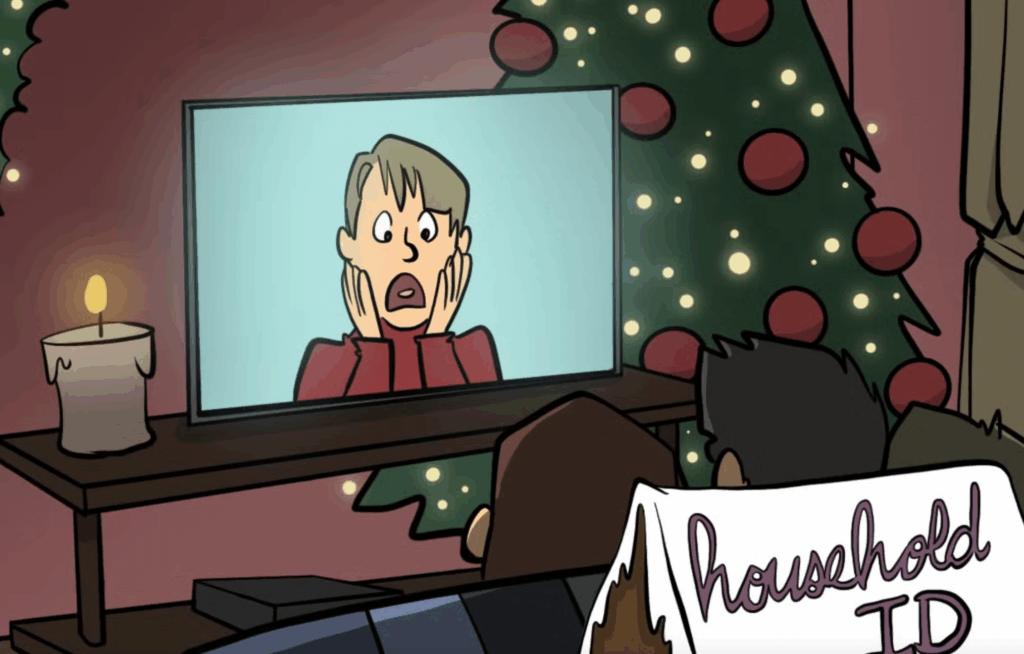Chella Professional Skin Care began selling its anti-aging solution on the Web in December 2003, about three months after the company itself was founded. And for the most part, operations were a thing of beauty. The firm turned a profit this past January, mostly by promoting its site through affiliate networks.
But there was one blemish: With only 10 employees, Chella had no ability to build customer relations with e-mail. “We just didn’t have the time, money or expertise to institute our own e-mail program,” says Chella president Chris Kolodziejski.
It does now, though. And in June, Chella launched a monthly e-mail newsletter to drive “interesting content, value and offers to customers.”
The first issue of Chella Insight, the Newsletter about the Art and Science of Beautiful Skin, went to the firm’s Internet customers, to people who opted in at trade shows and to consumers who partially filled out a form on the firm’s secure order page but did not complete the transaction.
This isn’t just about selling products (although it does do that). Chella Insight is also designed to “protect and nourish the inner you.”
In line with that, the first issue features columns like Stress Busters (which advises readers to visit a spa, hit the road, eat a salad, etc.) and The Box Office (which offers romantic comedy recommendations). But it also includes a FAQ titled, “How Can I Reduce Puffiness, Wrinkles and Bags Around my Eyes?” It highlights an offer a $20 savings on the firm’s Intensive Eye Crema. And it offers a “Focus on Chell-x Complex.”
The June issue also provides a survey and a message from Kolodziejski.
Why did Chella embark upon this makeover?
“When you’re doing Internet sales, you need to communicate with your customers and build community through e-mail and newsletters,” says Kolodziejski. This was a tough assignment, though, for Chella is a small company of 10 full-time employees, and it outsources almost all back-office pick, pack ship and fulfillment functions.
So while consumers would get auto-response e-mails upon buying Chella’s products online or shipping notices from the fulfillment house, the company wasn’t doing anything to integrate those communications into the sales channel. Without a coordinated e-mail effort, Chella also was losing out on an opportunity for contact with customers who started an order form but didn’t complete it.
Those wrinkles were smoothed out with a little research into the capabilities of outsourced e-mail services. Kolodziejski finally settled on SkyList’s StormPost software. That system, he says, has allowed Chella to add e-mail to the marketing channels it employs to reach current customers, non-customers who have abandoned their carts, and free-trial users who have signed up for a sample of Chella’s skin products and may need encouragement to enter the standard monthly delivery pipeline.
The primary benefit of an outsourced e-mail platform, says Kolodziejski, is the amount of time his company saves by building its mailing lists automatically. “We can set up little scripts that automatically feed that e-mail data into SkyList every time we get a new customer, or every time a customer fails to hit the ‘submit’ button on their order,” he says. “We’re getting ready to send our first monthly e-mail newsletter to. We couldn’t have built this infrastructure on our own — we didn’t have the time or the know-how.”
One customer group Chella can now reach is those who leave the Web sales page, fill out the order form — including providing an e-mail address and permission — but don’t complete the purchase. “This could happen for a number of reasons,” Kolodziejski says. “Maybe they changed their mind, but perhaps the doorbell or the phone rang.” Chella groups those abandoner addresses separately, and uses trigger functions within the SkyList system to send a communication offering a one-time 20% discount if recipients change their minds and buy via a link in that e-mail.
Kolodziejski says that first “Come back to Chella” e-mail gets a hefty open rate of about 37% and an unsubscribe rate of only 1%. “That means that 99 out of every 100 people don’t object that they didn’t buy from us, but still got an e-mail from us,” he says.
If the abandoners don’t respond to that first special offer, Chella’s e-mail moves into serial mailing mode and sends them periodic information on its five products, one every three days, and always with the option to unsubscribe. For each of those serial e-mails as well, unsubscribe rates are below 1%. However, open rates typically drop over the serial campaign, from 22% for the first e-mail down to 8% on the last of the five.
Still, the low unsubscribe rate is enough to convince Kolodziejski that Chella is speaking here to some valuable predisposed future buyers. The serial e-mails to non-customers are heavy on informational content, each one describing the workings and benefits of a specific product: skin creams for morning and evening, for the skin around the eyes, a skin-firming serum and an exfoliant.
“That tells us that they must really like what they’re getting in this series, given the high opens and the low unsubscribes,” he says. Those are relationships Chella wants to preserve and foster in the hope that those customers will return to the Web site, with the right incentive, and start buying.



